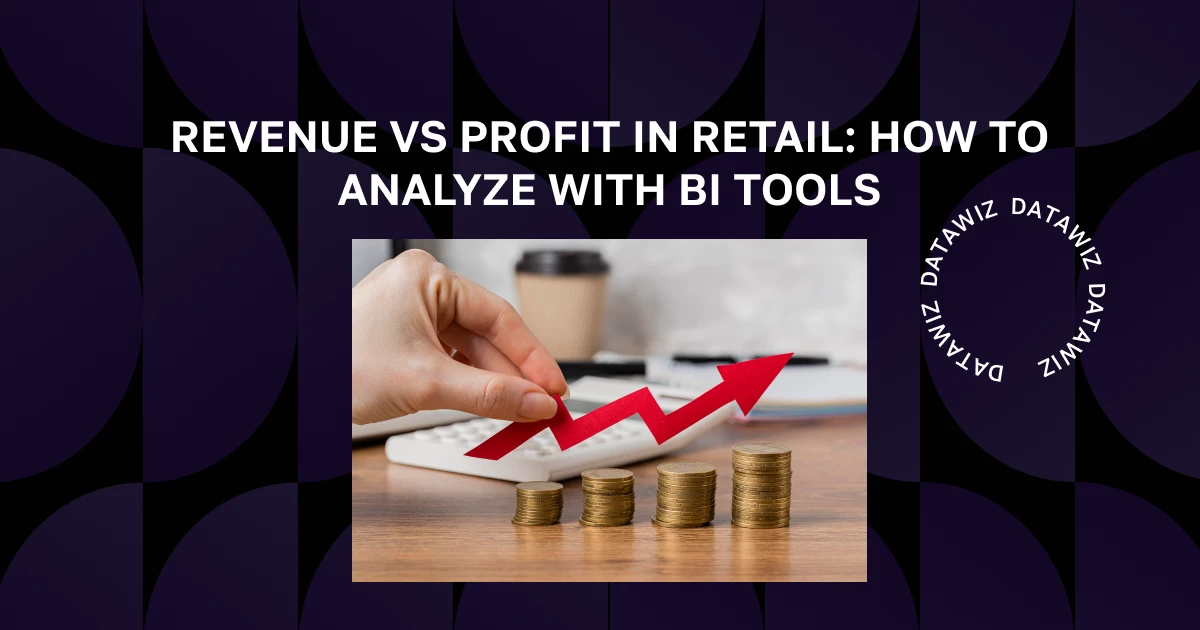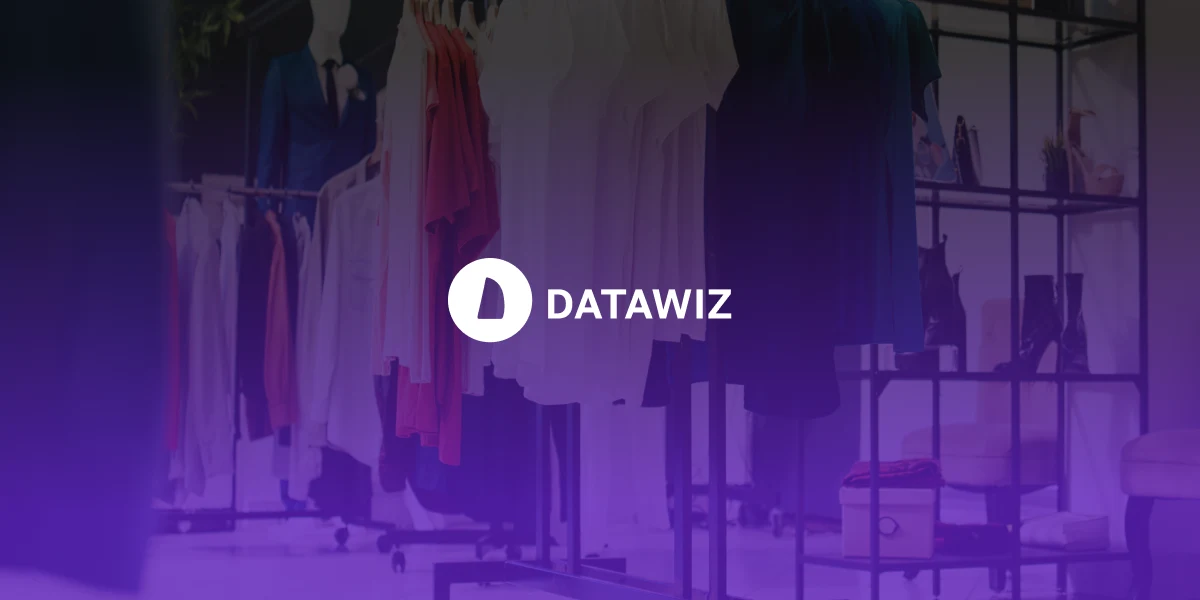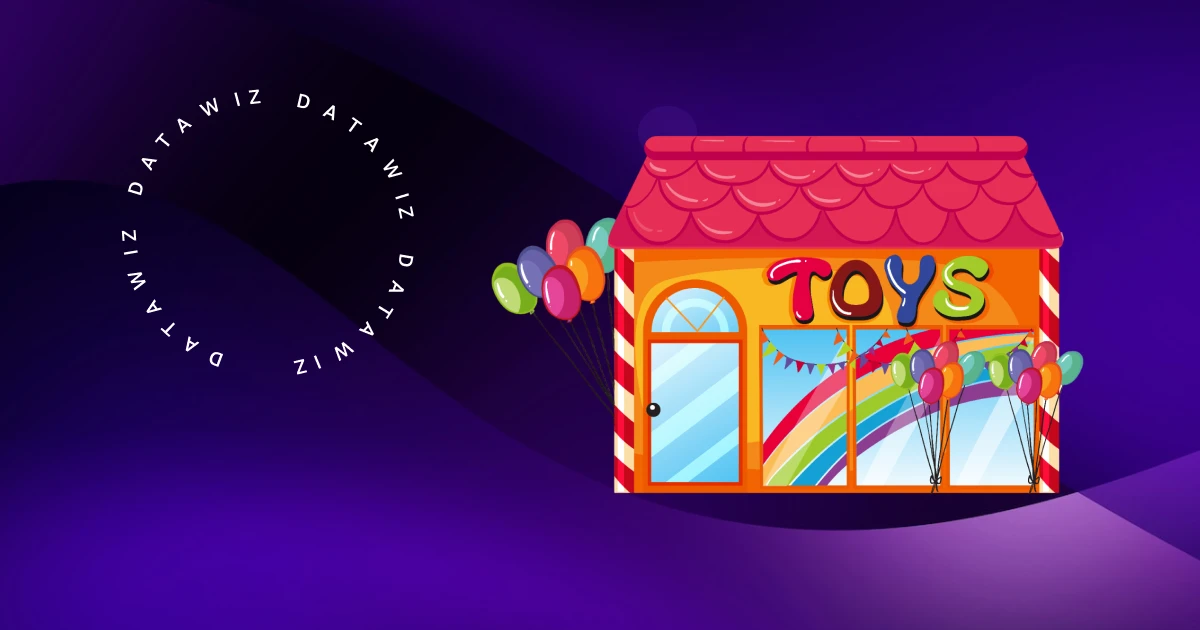In retail, understanding the difference between revenue and profit plays a key role in making strategic decisions. The use of BI tools allows to analyze these indicators in detail, identify key factors of their changes and make informed management decisions.
The Difference Between Revenue and Profit in Retailing
Revenue is all cash receipts received by a retail business from sales of goods and services. However, high revenue does not always mean high profit. Profit is formed after deducting all expenses, including the purchase of merchandise, employee pay, rent, taxes and other costs.
Income (Income) is all the cash receipts of a business for a certain period. In retailing, Income includes:
- Revenue from sales of products and services.
- Rental payments from subtenants.
- Interest from bank deposits.
- Proceeds from the sale of equipment and inventory.
- Dividends from investments and other sources of cash receipts.
However, high revenue does not always mean high profit.
Profit (Profit) is the difference between all revenues and expenses. It shows the amount of money that remains after all expenses, including purchasing goods, paying employees, rent, taxes and other costs.
Profit shows the real financial stability of the business and is the main criterion of management efficiency.
Why it is important to analyze both indicators
Retailers need to consider not only the level of income, but also the profitability of the business. It is important to understand:
- Which product categories generate the most revenue.
- Which stores are operating most efficiently in terms of profit.
- How profits change when price levels or purchasing conditions change.
Modern BI systems can automate the analysis process, reduce calculation time and provide objective data for decision-making.
Store owners may face a situation where revenue is high, but profit is minimal or even negative. This can occur due to:
- High costs of purchasing merchandise.
- Improper pricing strategy.
- Excessive operating expenses.
- Inadequate control of merchandise turnover.
How to Understand Store Revenue and Profit With Datawiz BI
Datawiz BI provides powerful tools to analyze retail store revenue and profit. Withinteractive dashboardsand deep analytics, you can:
Key BI analytics capabilities:
- Track revenue and profit dynamics in different sections (by store, region, product category);
- Analyzing the impact of expenses on financial results and identifying the most costly items;
- Assessment of profitability of product categories and identification of unprofitable items;
- Optimization of pricing policy to increase margins;
- Forecasting future revenues and profits, taking into account seasonal factors and market trends.
How BI Helps Improve Financial Performance
UsingDatawiz BI, retailers can:
- Optimize assortment by eliminating low-margin items.
- Reallocate marketing and promotions budgets to increase net profit.
- Automate calculations and eliminate errors in accounting for financial metrics.
BI dashboards allow you to visualize all financial metrics in a convenient format, which greatly simplifies data analysis and decision-making.
Retail Analytics: Analyze Revenues and Profits for Better Decisions
Using BI tools in retail, like Datawiz BI, offers significant advantages in revenue and profit analysis.
The Main Benefits of BI Analytics for Retail:
- Automation of data collection and processing, which reduces the impact of human error and increases the accuracy of calculations;
- Deep granularity of reports, allowing you to analyze performance at the level of individual products, stores or time periods;
- Ability to “dive” into data with Drill-down.
- Flexibility in customizing dashboards, allowing you to adapt visualization to the needs of a particular business;
- Reduced operating costs, as BI systems allow you to find inefficient points and optimize costs faster.
- Analysis ofgoods turnoverreduces the risks of excess inventory.
It is also possible to analyze the profitability of stores, which allows you to:
- Identify inefficient stores and take measures to improve them.
- Optimize purchasing strategy andwork with suppliers.
- Develop pricing strategies based on real data.
Forecasting and Planning
Datawiz BI allows you not only to analyze current indicators, but also to forecast future trends. For example, based on historical data, you can:
- Predict seasonal fluctuations in demand.
- Identify growth potential for individual product categories.
- Assess financial risks and develop strategies to minimize them.
Analyzing revenues and profits using BI tools is not just a convenience, but a necessity for modern retail. Datawiz BI provides retailers with powerful tools to increase business efficiency, improve financial performance and optimize management strategies. Utilizing BI analytics allows retailers to make informed decisions based on real data and increase competitiveness in the marketplace
 Novedades
Novedades





 ¡No se necesita tarjeta bancaria!
¡No se necesita tarjeta bancaria!